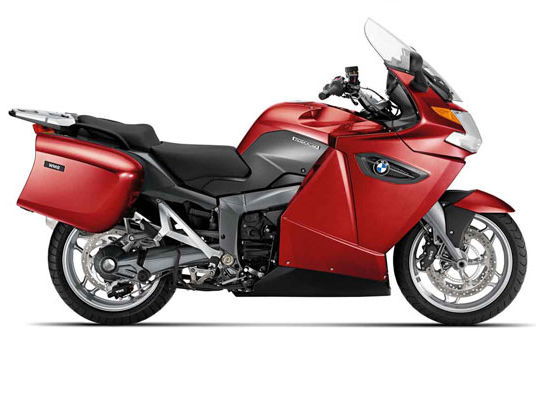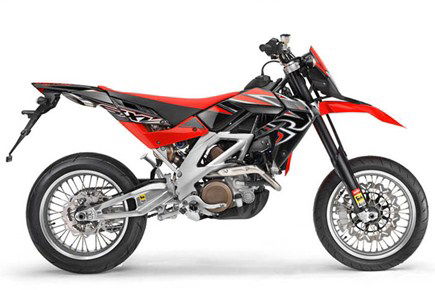10 of the finest motorcycles designed by Massimo Tamburini
Massimo Tamburini is considered the 'godfather' of motorcycle designs, with his silhouettes shaping the industry we have today… and these are his finest

They say style is subjective and beauty is in the eye of the beholder... but when it comes to Massimo Tamburini - the visionary designer behind some of motorcycling's finest-looking machines - his creations were almost universally adored.
Turning his hand to various Ducatis, Bimotas, MV Agustas and even a cheeky Husqvarna [see below] over the decades, while Massimo himself is sadly no longer with us, his legacy lives on in the dozens of motorcycles he penned with passion and precision. Here 10 of his very best...
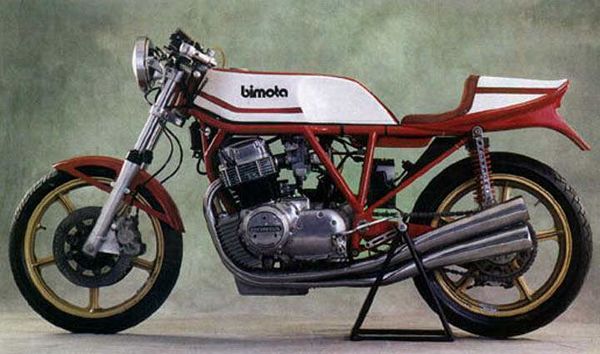
10. Bimota HB1
Of all the bikes Massimo Tamburini designed, the HB1 was one of the most significant. Not the best looking or the most innovative in terms of technology, it was nonetheless the machine that created Bimota’s reputation for taking a powerful Japanese engine – the original SOHC Honda CB750 lump – and bolting it to a frame that was far better than the factory effort.
From the HB1’s 1973 debut until the late 1980s, when the Japanese started to become more proficient in high-end frame design themselves, it was Bimota’s niche. Only 10 were made and today’s prices are stratospheric as a result.
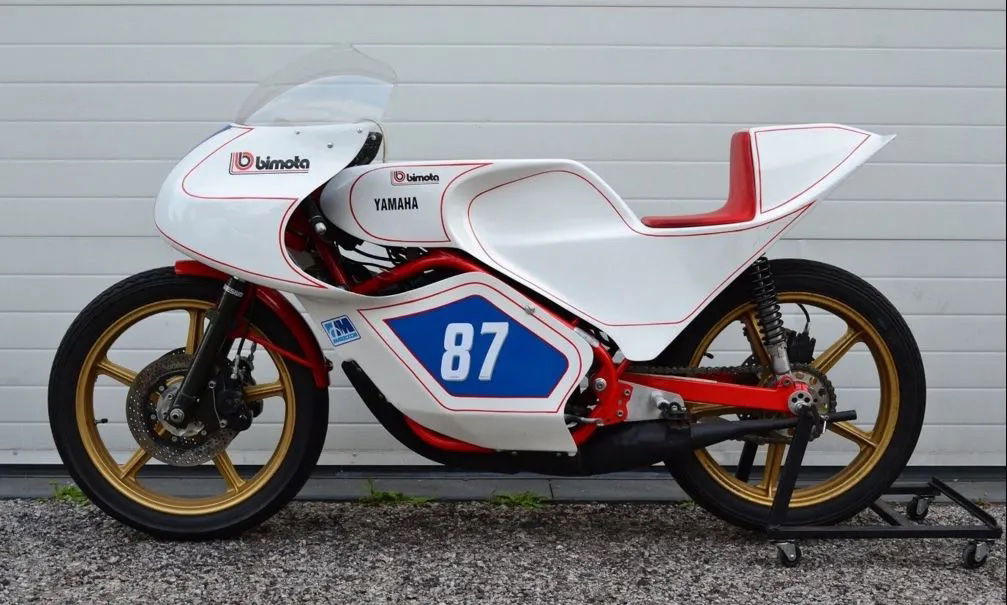
9. Bimota YB1
Sit a YB1 alongside pretty much any other race bike from 1974 and it looks like it’s from another planet. Based on the Yamaha TZ350, it used a Tamburini-designed frame and bodywork that took a new direction when it came to aerodynamics, with a wide nose to push air around the rider and a flipped up tail.
The aero mightn’t have made much difference but the chassis certainly did – Johnny Cecotto’s 1975 350cc championship-winning Yamaha used a YB1 chassis for much of that year.
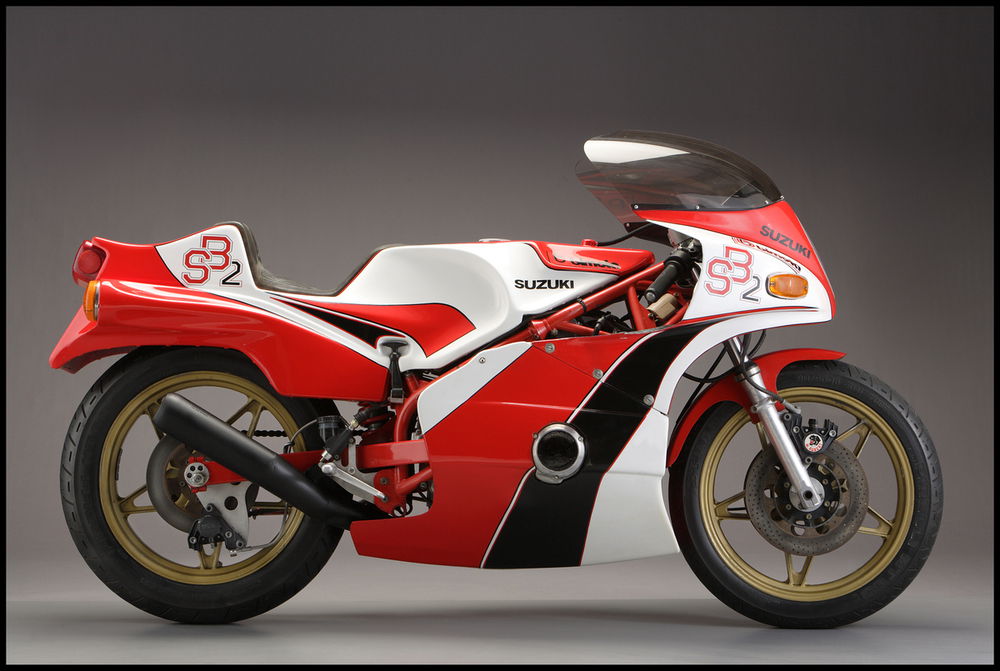
8. Bimota SB2
It’s certainly distinctive – and in 1977 it must have looked like it was from Mars – but even die-hard fans would probably stop shy of calling the SB2 beautiful. The GS750-powered machine was, however, another quantum leap in superbike performance and handling, once again laying down a marker that every other manufacturer knew it must reach.
So even though the Bimota’s production numbers were typically tiny, and the price was equally typical in its enormity, the standards it set were used to forge a generation of far more attainable, mass-produced bikes from major manufacturers over the next few years. Nice one, Massimo.
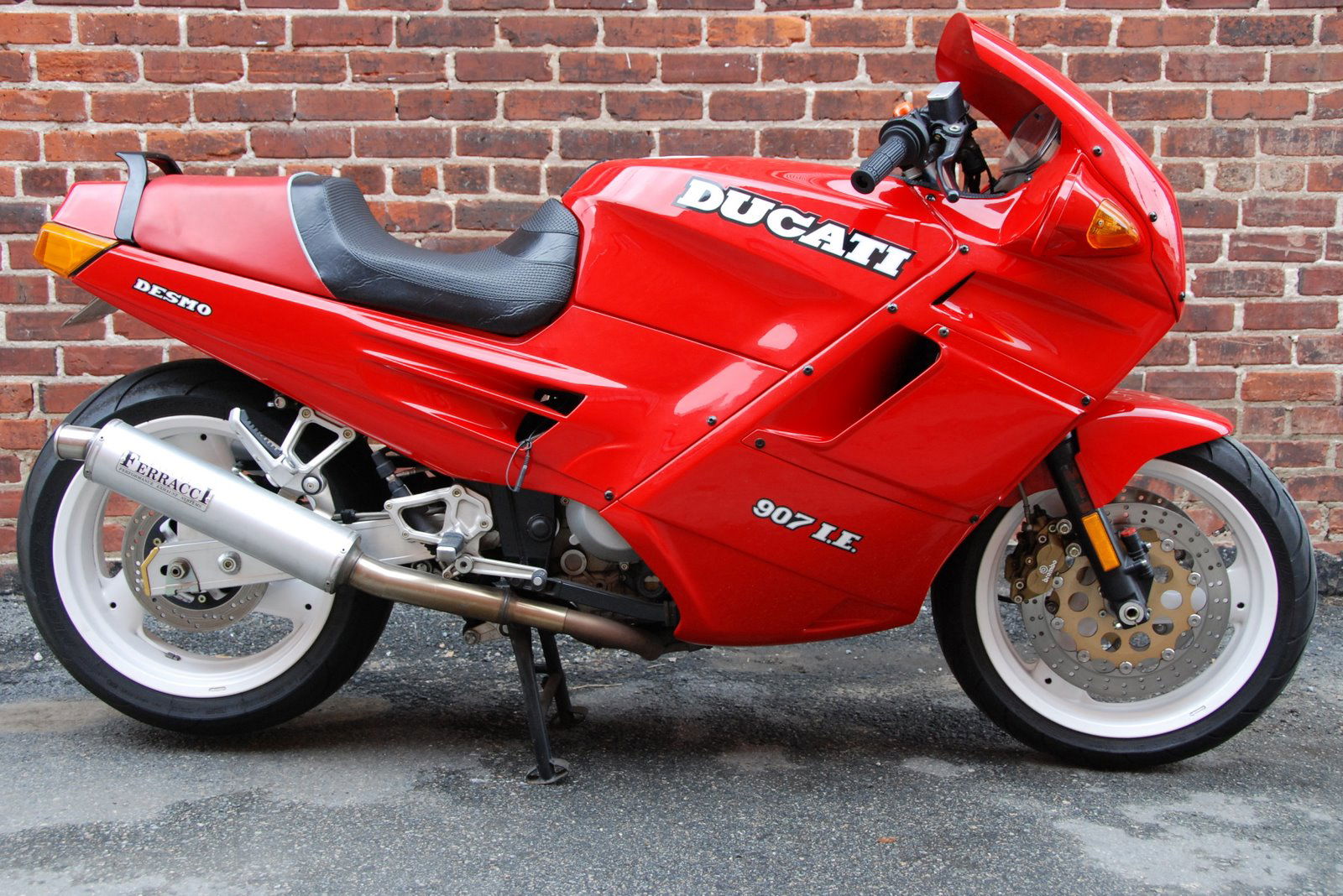
7. Ducati Paso, Bimota DB1, Cagiva Freccia
OK, OK, we’re cheating a bit here by putting three bikes into one, but when you’ve got Massimo Tamburini’s back-catalogue to pick just ten machines from, it’s hard to whittle them down. The DB1 and Paso are, arguably, easy to lump together, as they marked a transition for Tamburini away from Bimota, where he forged his career, and to Ducati where he cemented his reputation as the world’s best bike designer.
On these bikes, he was more stylist than overall designer – Federico Martini did the Bimota’s mechanical bits – but the similarity of their shapes is impossible to ignore. Ironically the Bimota used a trellis frame that these days we’d associate with Ducati, while the Paso used a square-tube design. The Cagiva recycled the same looks again, but this time on a 125cc beam-framed two-stroke, effectively the predecessor to the Mito. All three were enormously influential in terms of styling thanks to the all-enclosing bodywork that, at the time, looked like it would be the future for all motorcycles.
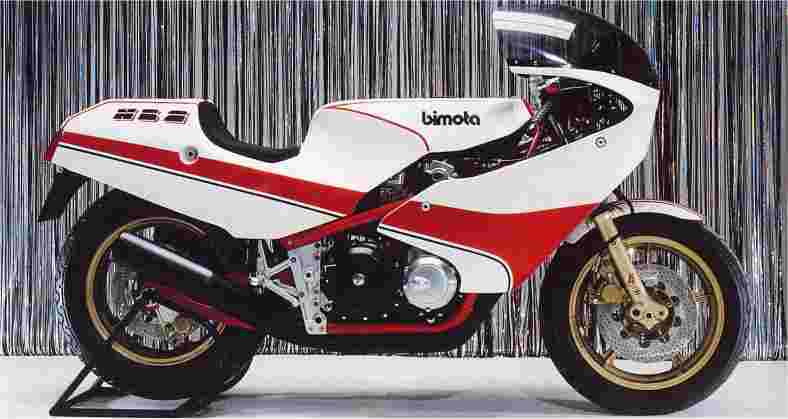
6. Bimota HB2, HB3, SB4, SB5 and KB2
Lumping five bikes together might seem like we’re taking liberties, but the reality is that all these were basically the same model, using a chassis that combined a steel front section with an aluminium swingarm pivot element.
Yes, that’s an idea we’ve seen since, on various things from Benellis to the MV Agusta F4 and the latest Ducati Monsters, but this was back in the early 80s.
The engines ranged from the Honda CB900 (HB2) and CB1100 (HB3) to the Suzuki GSX1100 (SB4 and SB5) and Kawasaki Z1000 (KB3). Regardless of powerplant, the styling and handling of all these bikes was again standard-setting.
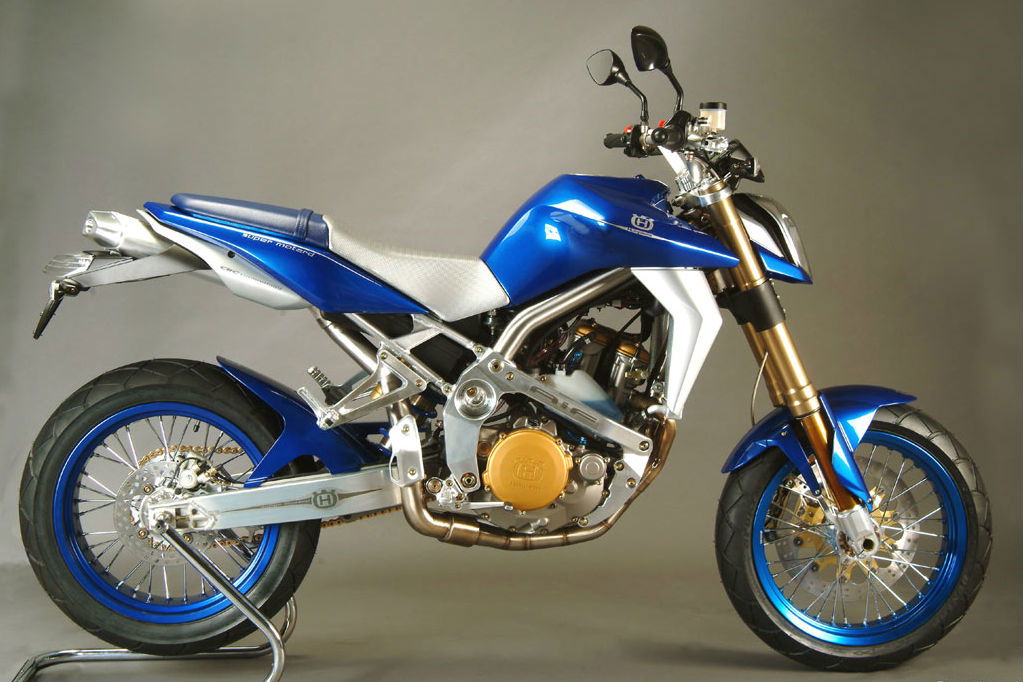
5. Husqvarna STR650 CC
It’s notable that most of Massimo Tamburini’s designs made it to production. He mightn’t have been the most prolific of bike designers, but rarely did he create a still-born machine. The STR650 concept of 2006, however, never made it to production. Which is a shame, as when it comes to supermotos, few have been as cohesive and attractive as the STR650.
Once again there was an innovative chassis that combined steel and aluminium elements as well as adjustable geometry plus styling that managed to be simple yet attractive.
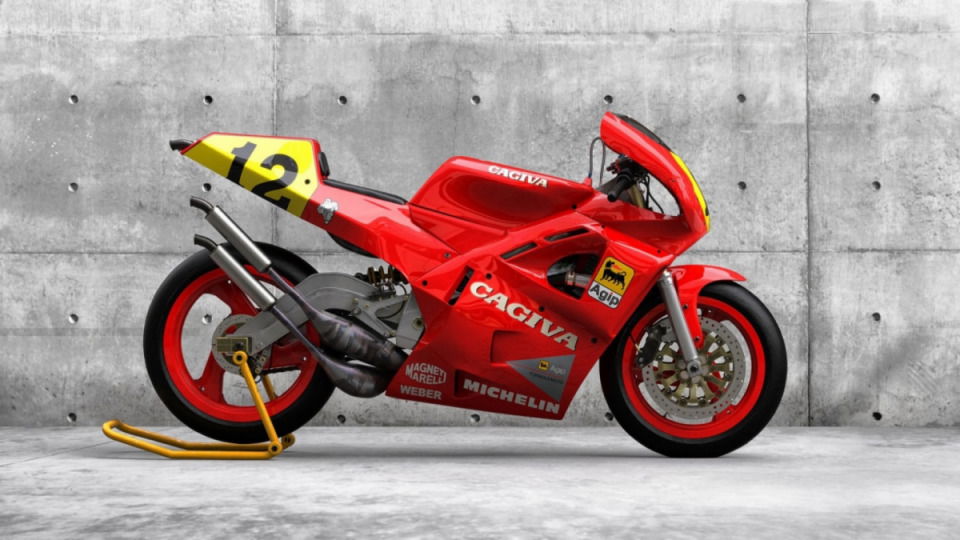
4. Cagiva C589 / Mito
Racing was always one of Tamburini’s passions, and as well as designing plenty of race bikes in the 1970s for Bimota he was responsible for the appearance and aerodynamics of the Cagiva C189 ridden by Randy Mamola in the 1989 500cc championship.
Never one to let a good design go, the bodywork was carried over to the virtually identical first-generation Cagiva Mito 125 in 1990 – visually a machine that’s probably closer to a real ‘MotoGP replica’ than anything else that’s ever been offered.
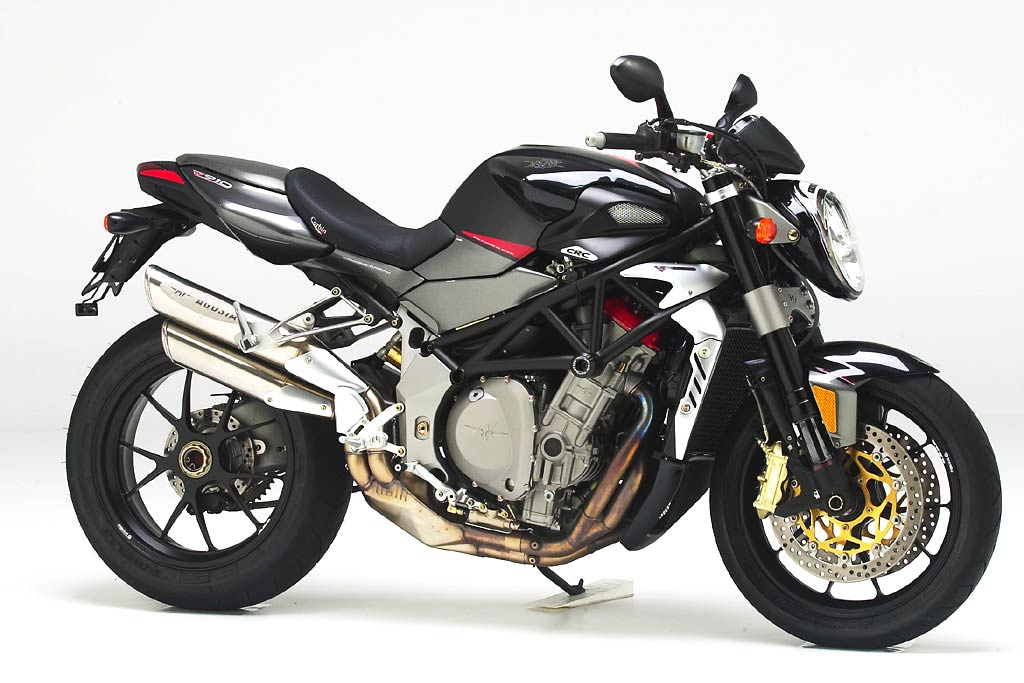
3. MV Agusta Brutale
MV Agusta’s first-generation Brutale is often overlooked in favour of the F4 superbike, but in terms of styling there’s no doubt that it was a huge triumph. Once again, Tamburini was at work here, and few of his bikes exemplify his attention to detail as well as the Brutale.
While it would have been simplicity itself to strip the bodywork off an F4 and create an instant naked sportsbike – the route many of MVs competitors took – the Brutale is instead a creation that stands alone.
The ‘melted’ headlight was a bit challenging when the bike first appeared, but it’s been copied so widely since its 2001 debut that these days its hard to remember what an impact it had. As for the rest? Well, more than a decade on the first-gen Brutale still looks fresh.
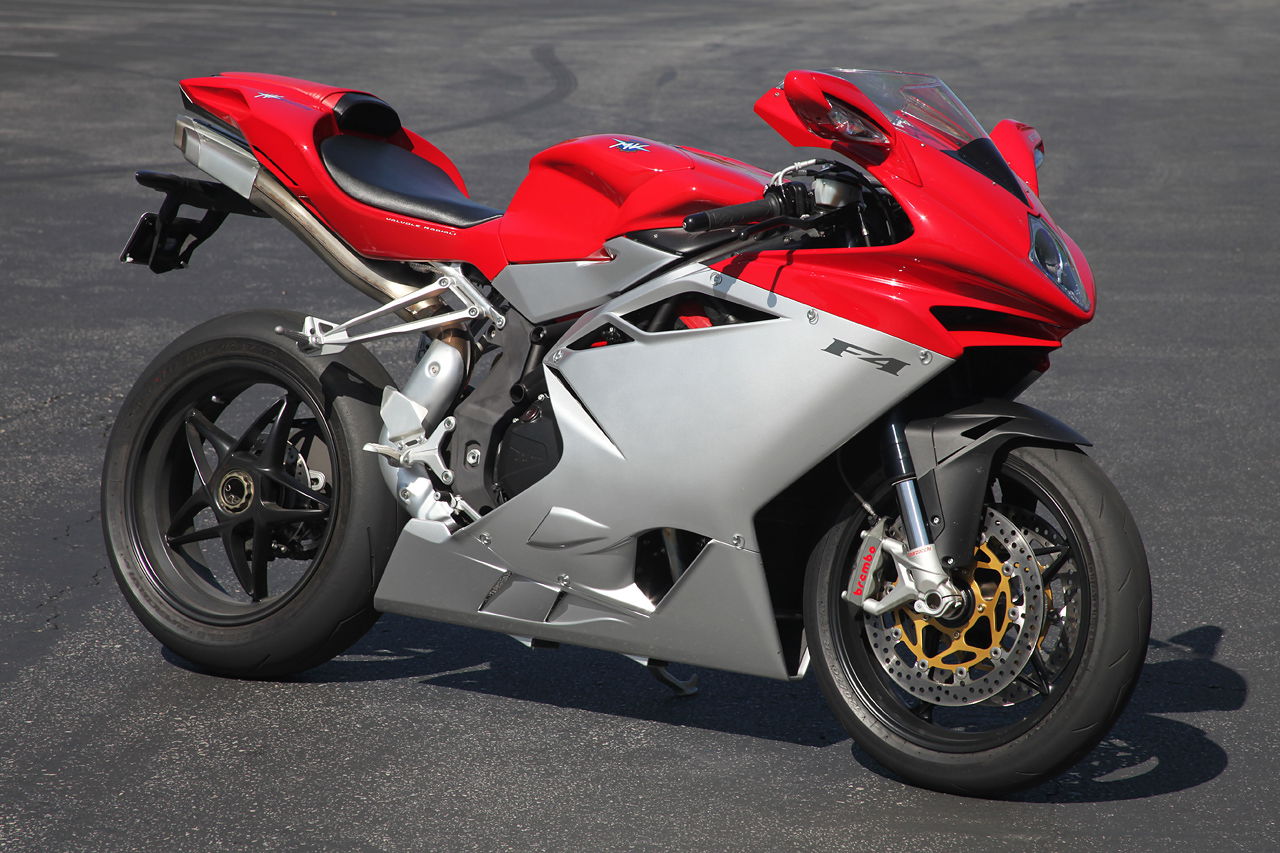
2. MV Agusta F4
When coming up with the style for the first new MV Agusta, Tamburini was forced into action when faced with a operation and a general anaesthetic. Fearing he wouldn’t survive, he manically filled sketchbooks with every detail of the bike.
Of course, he did survive, and the rest is history. He rated the F4 as the most satisfying of his designs, as he was able to dictate every element of it, something that’s clear when you start to look at the details of the bike, which, in 1997, were simply astounding.
The fact that even the current F4 is, design-wise, an evolution of that original bike’s style and still remains one of the most attractive machines on the market is a testament to Tamburini’s ability. Fortunately for us, the latest generation of MV stylists, notably Adrian Morton, were tutored by Tamburini and carry his spirit on in their work.
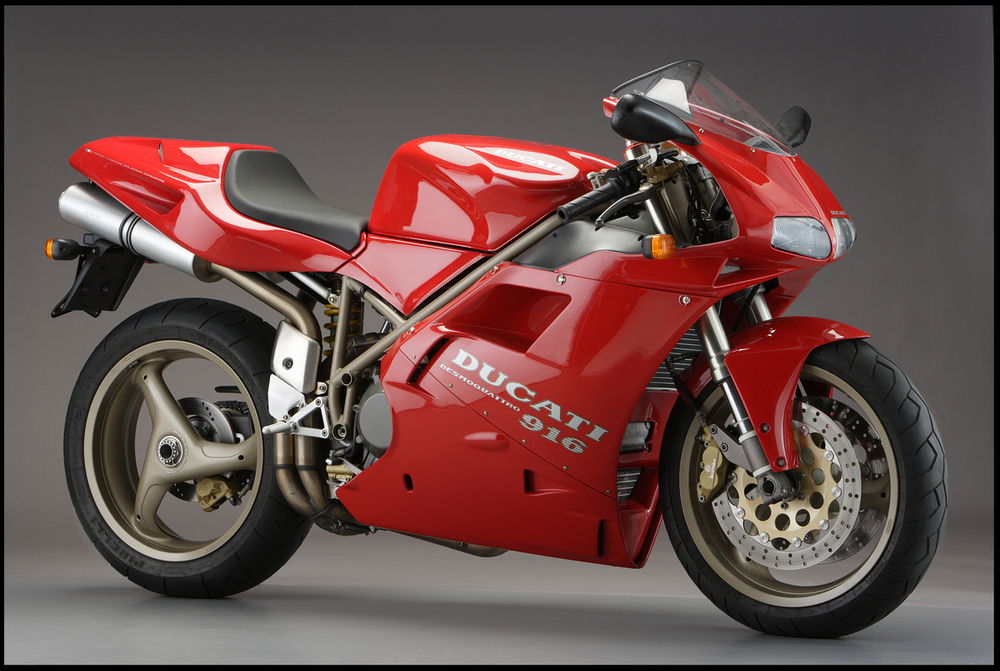
1. Ducati 916
Could we really have chosen anything else as the number one bike on the list? The 916 isn’t just the most famous of all Tamburini’s designs but probably the most famous motorcycle in modern times.
Ducati still labours under the shadow of that bike – despite trying to make a clean break with the 916 in the Pierre Terblanche-styled 999, the firm has since returned to several of the styling cues that Tamburini penned; even the Panigale’s slab sides and twin lights sited above a pair of air intakes are clear throwbacks to the 916.
But it’s only when you line a 916 up alongside other bikes from 1993 that you will really get a taste of how revolutionary it was. Yes, the Honda NR750 provided inspiration for some elements of it, as Tamburini freely admitted, but the Ducati repackaged things like the twin headlights and underseat exhausts into proportions that were so much more pleasing.
